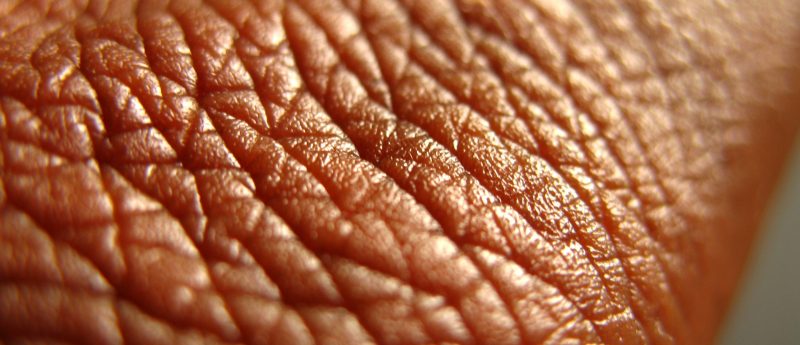Point-of-care bioprinter mimics skin structure to accelerate wound healing

Researchers at the Wake Forest Institute for Regenerative Medicine (NC, USA) have produced the world’s first mobile skin bioprinting system which can print dermal fibroblasts and epidermal keratinocytes directly onto a wound to encourage healing and reduce scarring.
A team from the Wake Forest Institute for Regenerative Medicine (WFIRM; NC, USA) have developed a mobile bioprinting system that allows skin wounds to be treated at the point of care. The bioprinter prints dermal fibroblasts and epidermal keratinocytes isolated from uninjured tissue directly onto the wound, replicating the structure of layered skin and supporting skin repair and would healing.
“The unique aspect of this technology is the mobility of the system and the ability to provide on-site management of extensive wounds by scanning and measuring them in order to deposit the cells directly where they are needed to create skin,” said Sean Murphy, a WFIRM assistant professor who was lead author of the paper published this month in Nature’s Scientific Reports journal.
“The technology has the potential to eliminate the need for painful skin grafts that cause further disfigurement for patients suffering from large wounds or burns,” said WFIRM Director Anthony Atala, and a co-author of the paper. “A mobile bioprinter that can provide on-site management of extensive wounds could help to accelerate the delivery of care and decrease costs for patients.”